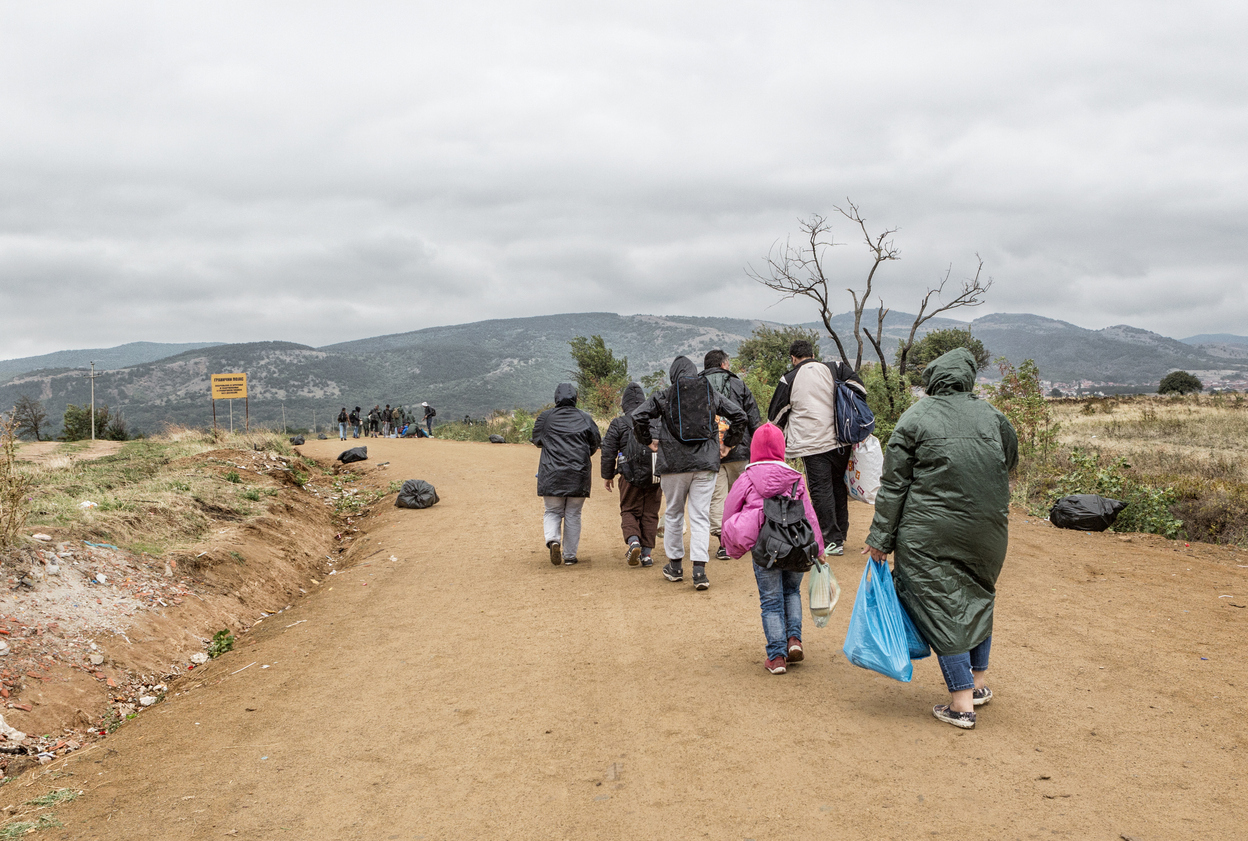
15 Aug Shedding Light on Migration and Health
With millions of people constantly on the move around the globe, whether due to war, famine, or simply in search of a better life, migration has become a global reality. This phenomenon impacts many aspects of life, shapes world events, and prompts political debates. But one element of migration that is less often discussed is that of health – the impacts of migration on health and vice versa. Migration and health encompass a variety of topics from non-communicable diseases to mental and psychological health. It can have effects on the host population, the population of origin, and future generations. AIGHD recognizes the importance and timeliness of highlighting migration and health, therefore, we are excited to announce that the theme of the upcoming Joep Lange Chair and Fellows Symposium will be centered around interdisciplinary aspects of Migration and Health.
Since February of 2022, there has been a large mass of migration to the rest of Europe of Ukrainian refugees escaping the war. As of July, it is estimated that 5.2 million refugees have escaped and traveled to neighboring countries, including those with open borders into the EU. War can create perfect conditions for the spread of diseases, especially Tuberculosis (TB). Overcrowding in public spaces, lack of access to care, and late diagnoses all lead to complications and further transmissions. These complications also create an environment beneficial to the spread of multidrug-resistant TB (MDR). These conditions facilitate the spread of MDR-TB and make it difficult to manage MDR-TB due to limited access to drugs, weak health systems, and lack of isolation facilities. Health officials are concerned that this will create a shift in disease rates, particularly those of TB in other European cities. According to the European Centre for Disease and Prevention and Control (ECDC), Ukraine is a TB high priority country and is on the World Health Organization’s watch list for a high burden of MDR-TB. Countries like Poland, which are seeing mass migration of Ukrainian refugees, may not be fully equipped to handle increased rates of TB. According to Health Policy – watch the news, Poland does not have as high TB rates as its neighboring Ukraine and, therefore, has a smaller diagnosis and treatment system in place. AIGHD Director, Prof. Frank Cobelens suggests that what is needed “is increased awareness in the health care system that Ukrainian refugees may have TB as the cause of their illness, and that TB in Ukrainian refugees may be (multi)drug resistant. That requires a “low clinical suspicion threshold” for testing for MDR-TB, and respiratory protection of health care workers, other patients, and family members.
We look forward to this year’s Joep Lange Chair and Fellows Symposium and Masterclass discussing the complex relationship between migration and health. Experts from varied backgrounds, disciplines, and approaches will aim to highlight the direct and indirect consequences of migration and health at the individual, national, and global levels.
You can register for the Joep Lange Chair and Fellows Symposium HERE.
